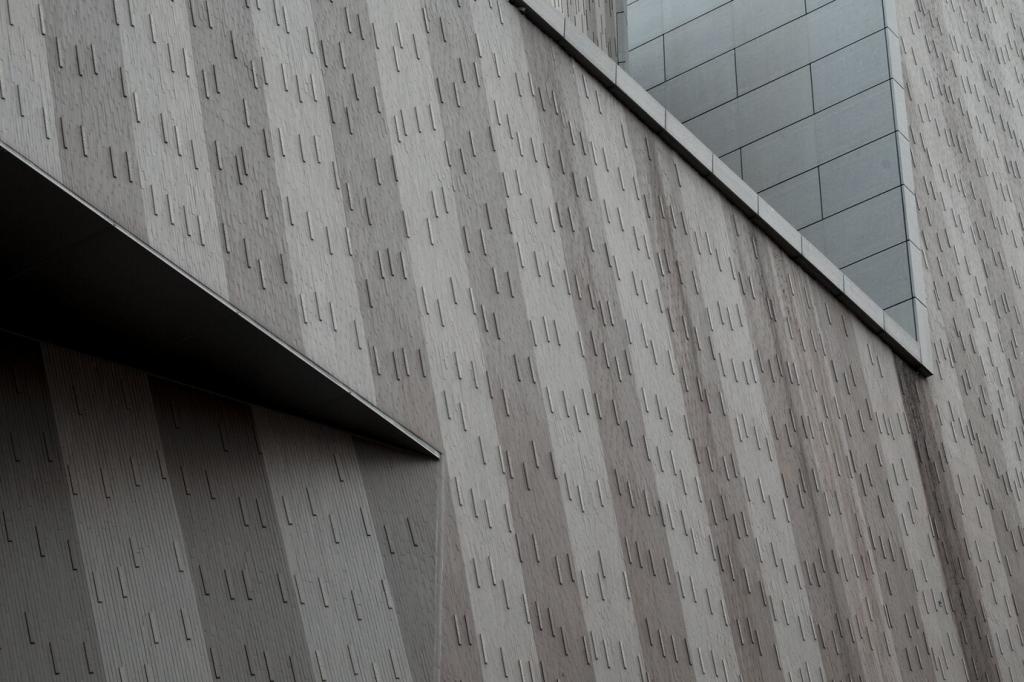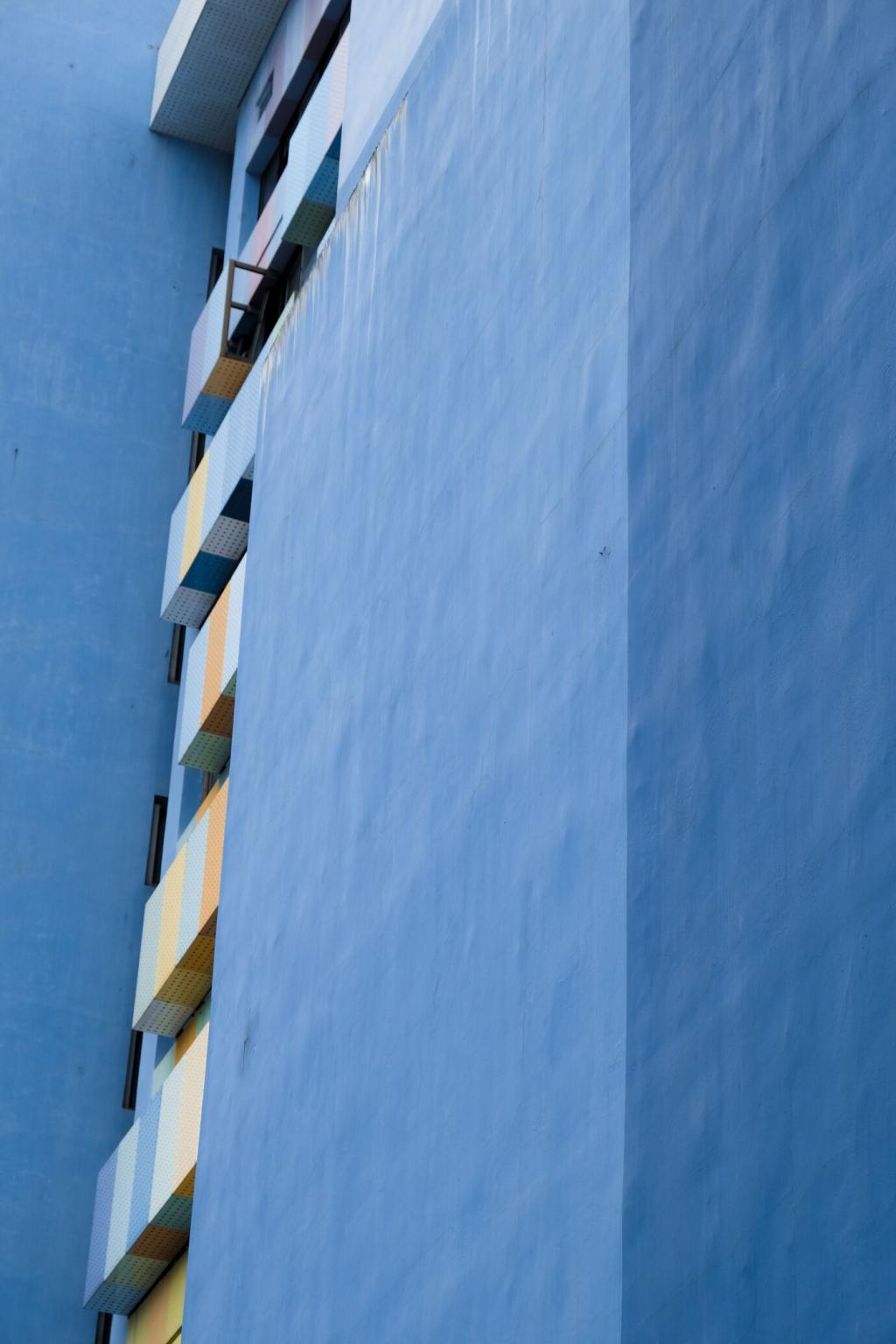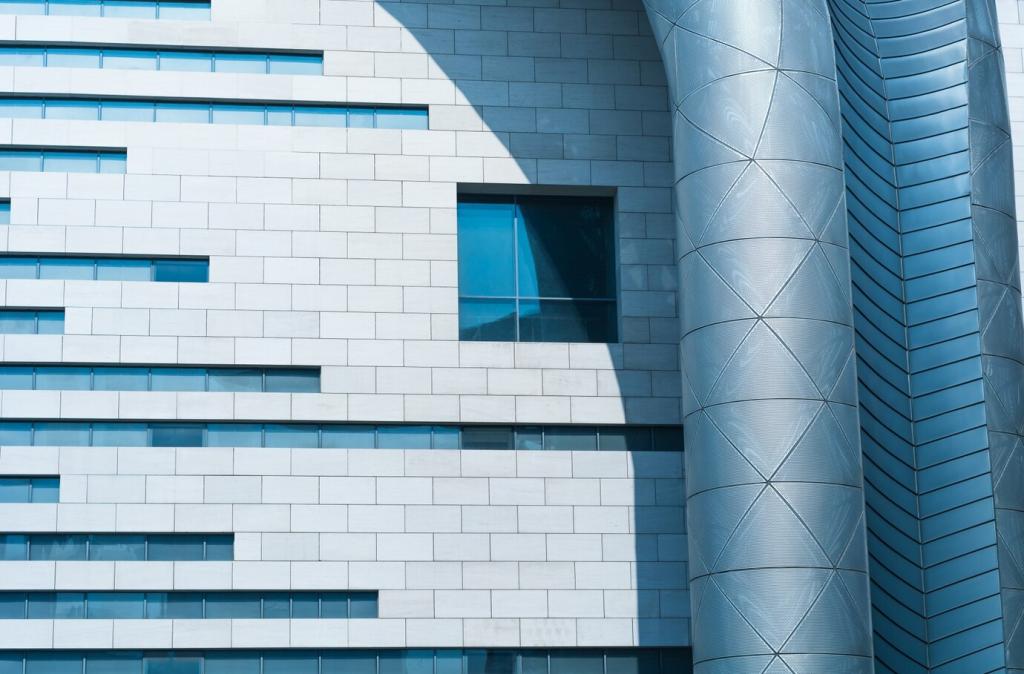This website uses cookies so that we can provide you with the best user experience possible. Cookie information is stored in your browser and performs functions such as recognising you when you return to our website and helping our team to understand which sections of the website you find most interesting and useful.
Sustainable exterior cladding solutions are redefining building envelopes in both residential and commercial structures, emphasizing eco-friendly materials, energy efficiency, and reduced environmental impact. Forward-thinking architects and developers increasingly prioritize cladding choices that reflect environmental stewardship without sacrificing durability or aesthetics. This page explores the latest in sustainable cladding innovations, the benefits and challenges of implementation, key material choices, design trends, regulatory considerations, and the transformative impact these solutions offer to modern architecture. Delving further, you will discover how sustainable cladding improves building performance while addressing critical global sustainability goals.
Understanding Sustainable Cladding
The Role of Cladding in Sustainability
Lifecycle Impact and Longevity
Innovations in Sustainable Cladding Systems

Timber and Engineered Wood

Recycled Metal Cladding
Environmental and Performance Benefits
Aesthetic Possibilities and Design Flexibility
Modern and Traditional Architectural Styles

Installation Approaches and Considerations


